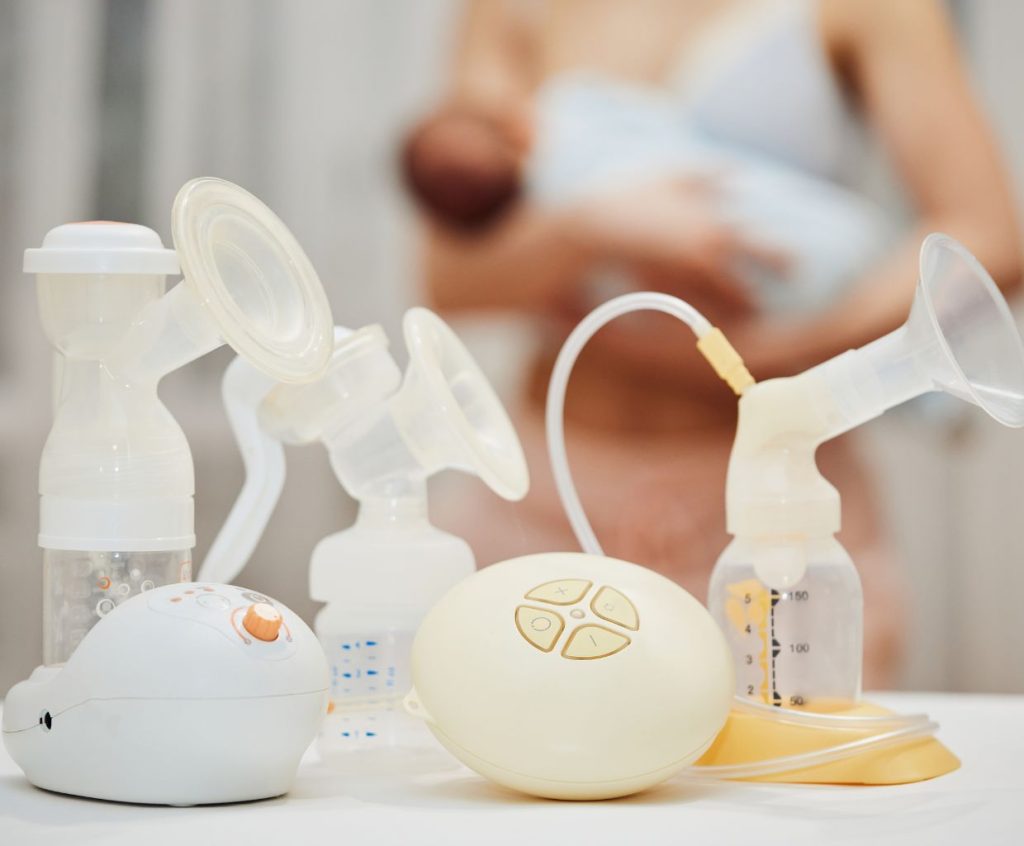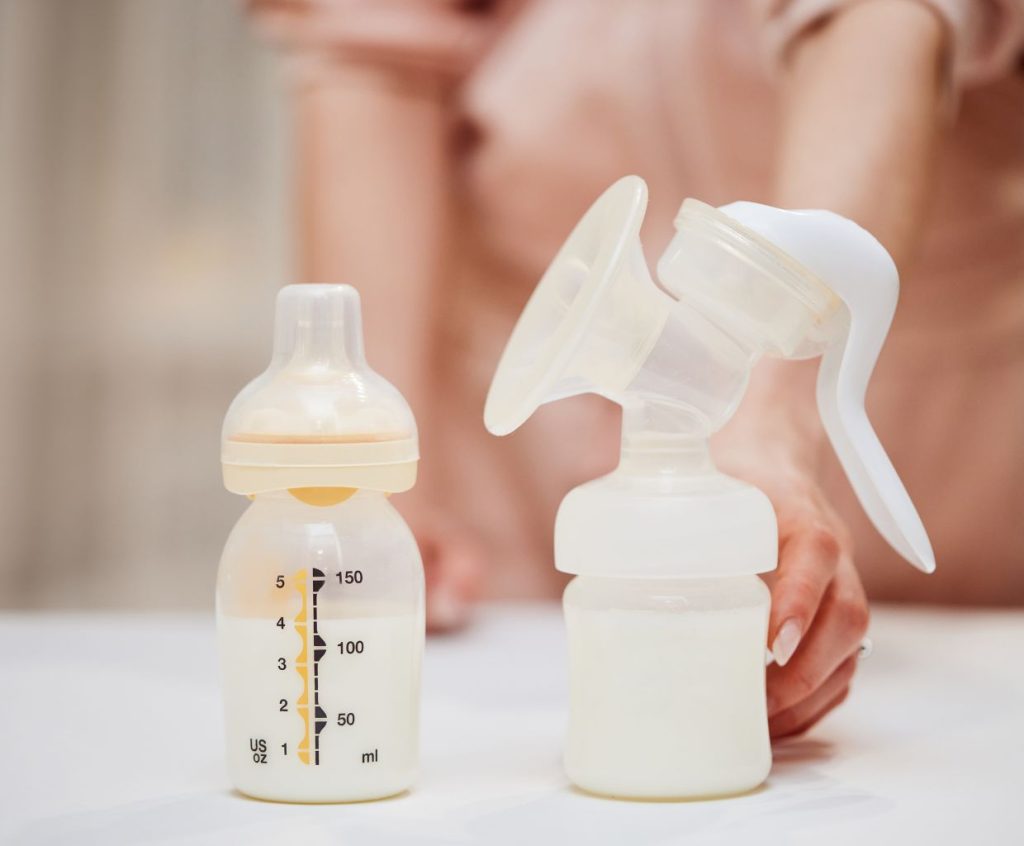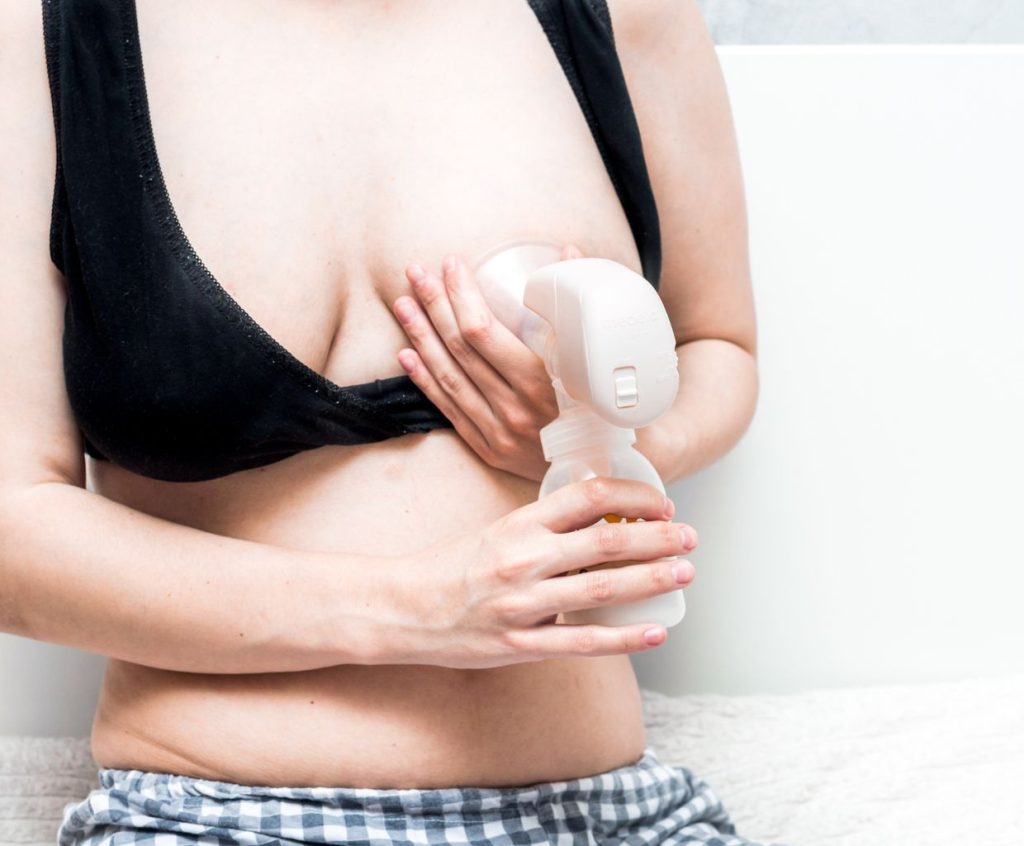Choose The Best Breast Pumps With Us
Breast pumps are weird: the first time I saw one, I thought, “What? Are you kidding?” But, after a week of expressing milk, I could talk for hours about them. The right breast pump is a game-changer. You’ll be able to get more milk faster and with less effort than ever before—saving you both time and money!
Here’s an interesting fact: no matter how good a breast pump is, it’s never as good as a baby’s sucking motion. Breast pumps only suck, whereas babies suck and massage the milk with their tongues. Maybe soon in the future, they will update it.
Do breast pumps work?
Yes! If you’re trying to increase your supply or want to give your baby breast milk while they’re in the NICU (neonatal intensive care unit), a breast pump can be handy. Some insurance plans even cover the cost—so check with your provider before buying one!
For moms who express milk once in a while, save your money: try hand expression. For moms who express breast milk daily, breast pumps are a must-have. I believe in paying the extra money and getting a good breast pump. It’s worth it. Many breast pump brands are available but fall into three categories.
1. Electric and Battery Operated Pumps
By far, the electric breast pumps are the best. You put the funnel-shaped cover over your breast, plug in the machine, and it will do all the work for you – and fast, too. Results vary with different women, but you can empty one breast in 10 minutes. Some electric pumps pump one breast at a time, while duo pumps pump both breasts simultaneously.
With battery-operated pumps, you need to remember to check the battery level and charge them when needed, not to get frustrated when they black out while you try to use them.
Electric pumps work the best, but they are also the most expensive. They are over $100, and getting one with all the accessories can cost as much as $500. You can often rent one from hospitals, pharmacies, lactation specialists, and La Leche League (approximately $5 per day).
- See Electric Breast Pumps Here
No products found.
2. Hand-Held Pumps
There are a variety of hand-held pumps. They all work but require a bit of manual dexterity, too. The most popular one has a lever which you squeeze. This causes a suction and draws the milk out of the breast and into a container. Some women can work this type of pump with one hand, while others need both hands to work correctly.
The syringe-type breast pump has two barrels; one slides into the other. You slide out the outer barrel, and this causes a suction that draws out the breast milk. This type of breast pump requires two hands to use. When it comes to breast pumps, this type is an older model, but you can still find them around.
It would be best if you did not use pumps with a squeeze bulb to achieve suction. The breast milk can get into the bulb, and there is no way to wash the bulb effectively. This hand-held breast pump may introduce bacteria into your breast milk.
Hand-held pumps are the cheapest (approximately $30) but take a lot of work to pump physically. Some women use manual breast pumps to express milk daily, while others only recommend it if you plan to express it infrequently.
- See Manual Pumps Here
No products found.
How much should I spend on a breast pump?
Anywhere from $30-$300 will get you a quality manual or electric pump that should last for years. This depends on what kind of pump(s) you want/need, but here are some guidelines:
Under $50
- This is the best price range if you’re looking for something easy to use and portable.
- Most brands in this price range (Medela, Philips Avent) can be found.
- Some of these pumps come with a carrying case or bag, so you can easily transport them from place to place.
- The pumps in this category usually have a rechargeable battery and can be used while plugged into an outlet or as a cordless pump.
- Some models come with multiple speed settings and different types of suction to allow you to find the one that works best for you.
No products found.
Can I pump too much?
Yes! While pumping is a great way to increase your milk supply and get some rest, it’s important to remember that over-pumping can lead to clogged ducts or mastitis (an infection in the breast tissue), which could be very painful and cause severe problems for breastfeeding later on. Ensure you’re taking breaks while pumping so your body can recover between sessions – at least every three minutes!
How do I clean my breast pump?
You should clean your breast pump after every use. To clean your pump, follow these steps:
- Unplug the power cord from the wall outlet or other electrical source.
- Remove any adapters that might be used with the pump.
- Clean all parts of your breast pump using warm water and mild soap or a bottle brush cleaner.
- Rinse all parts of the pump in warm water.
- Allow the breast pump to air-dry completely before using it again.



